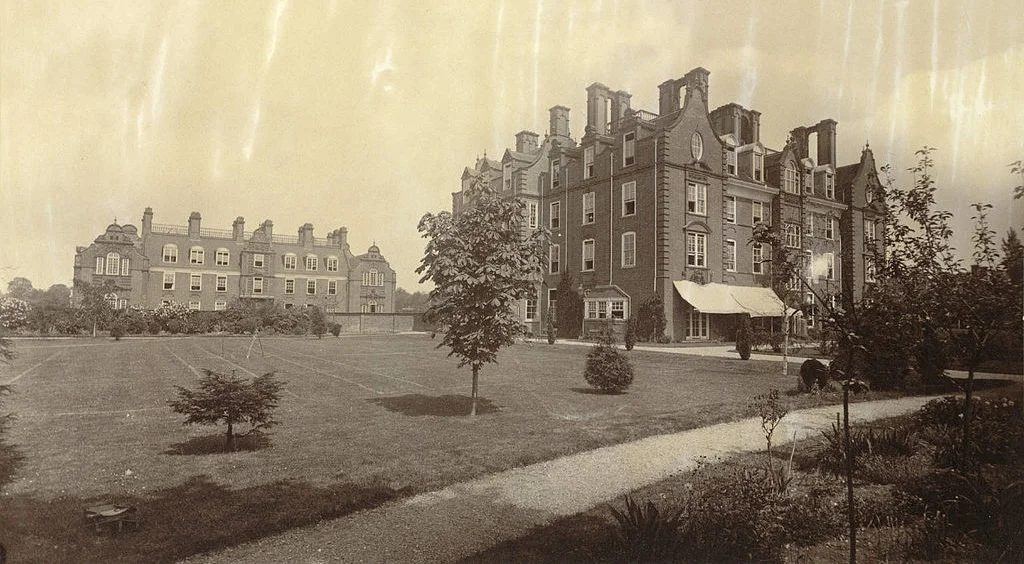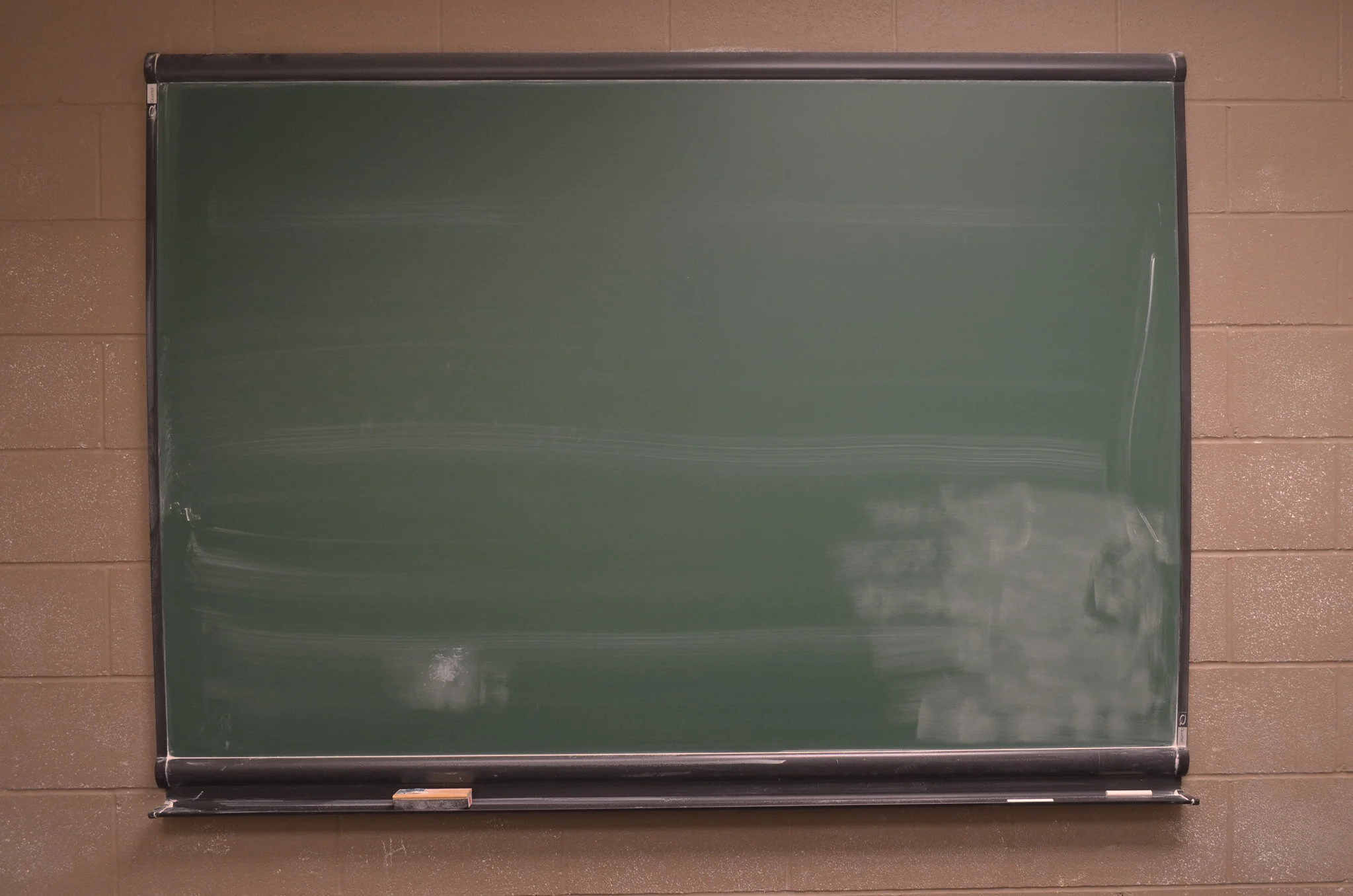Mary Hunter Austin, Chronicler of the American West, Born 151 Years Ago Today
We have a saying here in New Mexico, a cheeky perversion of our state’s official slogan: to those of us who live here and still aren’t sure exactly why, the Land of Enchantment will always be the Land of Entrapment. With sprawling, low-density cities separated from one another by vast expanses of sandy sage scrub, tumbled mountain ranges of volcanic chaos—landscapes all visited each year by very little rain––the desert here is for many of us a labor to love. At least at first.
In 1903, nature writer Mary Austin wrote about her adopted home in the Owens Valley in California in The Land of Little Rain, saying, “If one is inclined to wonder at first how so many dwellers came to be in the lonliest land that ever came out of God’s hands, what they do here and why stay, one does not wonder so much after having lived there. None other than this long brown land lays such a hold on the affections. The rainbow hills, the tender bluish mists, the luminous radiance of the spring, have the lotus charm. They trick the sense of time, so that once inhabiting there you always mean to go away without quite realizing that you have not done it.”
When I first encountered this passage, unfamiliar with the writer, I was certain Austin had written it about New Mexico. The friends and relatives I sent it to also felt that it described their feelings about life in the desert with particular clarity. For all that Austin relished in the specificity of the land and creatures where she lived and wrote, there is something universal about her experience of the desert that resonates with those of us who linger in any of the lands of little rain.
A prolific American author in the late 19th and early 20th century, Austin was among the first to offer a new vision of the desert, which was still largely understood as a barren wasteland populated only by rugged settlers and “savage” native peoples. Her fascination with the landscape, the unique plants and animals of the desert ecosystem, and the life ways of the native people she met in California shaped her creative and activist work throughout her life.
Born Mary Hunter on September 9, 1868 in Carlinville, Illinois, Austin was fourth of six children. After the death of her father in 1878, Austin was educated at Blackburn College and the State Normal School in Bloomington, before the family moved to Kern County in California to homestead. These were lean years, and the family found that the rancher’s life was difficult. Austin worked as a teacher while her brothers struggled to maintain their homestead.
In 1890, she became engaged to Wallace Stafford Austin, and two years later while pregnant with her daughter Ruth, Austin and Wallace moved to Inyo in the Owens Valley, the setting of her first and most famous book, The Land of Little Rain. Their home is now a California State Historical Landmark, and its marker is inscribed with a quote from The Land of Little Rain. In the last years of the 19th century, Austin had begun writing stories about her experiences of the West, including her story “One Hundred Miles on Horseback,” an account of part of her family’s journey to Tejon in the San Joaquin Valley, which was published by the Blackburn College literary journal in 1889.
With her husband, Austin became involved in the California Water Wars, an early movement to protect the Owens Valley’s water rights from the City of Los Angeles. In the development of her environmental consciousness, Austin was influenced by her observations of the native Paiute people who lived in the valley, and who she understood as a model for good stewardship of the land and their communities. Austin’s views about the desert and the uses to which it could or should be put by people were out of step with mainstream Progressive ideals of urbanization and industrialization, and she allied herself with other ranchers in the Valley.
“For all that Austin relished in the specificity of the land and creatures where she lived and wrote, there is something universal about her experience of the desert that resonates with those of us who linger in any of the lands of little rain.”
After some unsettled years moving around to teach and care for her young daughter, who was born with a disability, Austin returned to the Owens Valley in 1900 and began her most serious period of writing, which resulted in the publication of The Land of Little Rain in 1903. The book describes the landscape and people of the desert in which she lived, located between what is now the Sierra National Forest and Death Valley. Austin’s prose is lyrical and tactile, and the subjects of her fascination range from a kind of flower that children called “evening snow” (“...it is no use trying to improve on children’s names for wild flowers.”) to a Paiute woman whom Austin had come to know and whose beautiful baskets told the story of her life.
Austin was a perceptive investigator of nature. Her interest was not limited to the aesthetics of the desert, but extended to its dynamics. In the chapter “The Scavengers,” she writes about the interactions of desert animals, musing that “[p]robably we never fully credit the interdependence of wild creatures, and their cognizance of the affairs of their own kind.” In “The Water Trails of the Carrizo,” she gives a detailed account of the comings and goings of the “little folk” of the valley—the mice and quail and rabbits that come to a particular spring to drink and socialize— speculating about their daily patterns and the needs fulfilled by the spring. She makes similar observations of the seasonal cycles of the plants that grow in the field beside her home and the way the seasons themselves are nudged forward and backward by the early arrival of rain, or its delay.
The Land of Little Rain was the first of more than 20 books Austin wrote, and it established her as an important chronicler of life in the American West. Before her marriage to Wallace ended in 1914, Austin had taken up an itinerant, writerly life that saw her traveling abroad and splitting time between California and New York as she continued publishing. She spent time at the Carmel artist’s colony in Monterrey among the likes of Jack London and Nora May French. Like a number of creative women in the early 20th century, Austin eventually settled in Santa Fe, New Mexico, where she made significant contributions to the cultural life of the city and advocated for the preservation of Native American culture. Having visited ten years previous, Austin decided to settle in Santa Fe in 1924. While there, she collaborated with famous landscape photographer Ansel Adams on the book Taos Pueblo. Austin died in 1934 of heart disease, leaving behind an impressive bibliography, the theater she founded in Santa Fe, and a legacy of activism for the causes of the West.
I’ve never been to the Owens Valley, but The Land of Little Rain still reads to me as a portrait of a desert I know well. We should not expect, after all, that the coyotes who sniff out water in the Carrizo of Austin’s telling are so different from the ones that chase me away from their riverside homes on long walks along the Rio Grande. What’s more, Austin’s love for the desert, a love grown into with time and closeness, and meted out in minute observations of nature, is one I recognize in my own eventual warming to the long brown land where I live.
Image Credit: Anna Reser, 2018






